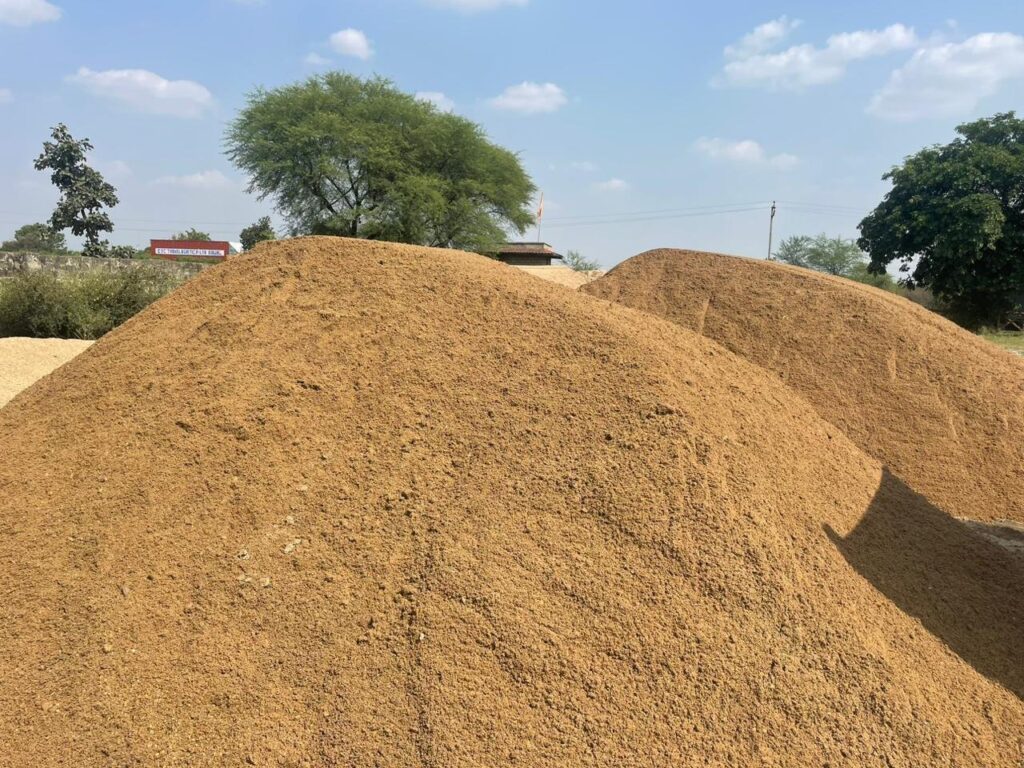Waterproofing materials in construction need to be tough and easy to use. The materials must also be able to withstand chemicals as well as allow for movement inside the structure.
The membranes are able to be installed over or beneath the ground. The membranes are simple to put on and may be put together to the ground or self-adhered.
Bituminous Membranes
Bituminous membranes can be self-adhesive sheets or bonded to concrete using a compatible roofing Mastic. The membranes typically contain an additional layer of felt in order to enhance the durability and span of the deck of the roof. Felts are also used to reduce stress on the membrane from the lateral force. When putting these membranes in place an appropriate surface preparation is crucial, as any defects could affect the effectiveness and performance of the water-proofing process.
Bitumen polymer membranes offer outstanding strain resistance as well as vapor permeability and durability. These membranes are commonly employed in conjunction with protective courses and insulation boards for a system which performs superior to either material by itself.
It is vital to fill the air spaces and welding the ends of laps prior to installing this type of membrane. The membranes should also be installed on substrates which have low moisture levels in order to prevent blistering. The reason for blistering is that it is usually due to an uneven distribution of moisture between the membrane surface and the concrete.

Liquid Waterproofing Membrane
The membranes that waterproof prevent infiltration of bulk water above the grade, and also below the grade due to the force of hydrostatic. The membrane helps safeguard a structure from costly damage, improves the value of resales and increases occupant safety and comfort.
Liquid waterproofing membranes are applied as liquid, and then cure for a shield against elements. They’re offered in various forms, including the polyurethane form and also cementitious.
They’re flexible and can withstand surface movement as well as cracks. They also offer excellent durability against UV radiation, weathering and scratching. They’re a great solution for rooms with water and showers, that can be tough to waterproof using sheets that require overlapping of accessories.
Cementitious Waterproofing Solutions
These are applied with the help of a trowel, brush or sprayed on and protect concrete structures. They’re able to withstand positive and negative water pressures and also protect from the effects of mold and mildew. They can be utilized for both above-ground and below-ground installations, as well as in systems that use potable water.
This form of waterproofing makes use of the cement-based polymer blend to make a tough, durable layer when completely cured. These waterproofing materials are able to be applied to ceilings, walls, and walls that are retaining cat san lap. They are able to withstand the effects of heat aging, weathering and UV exposure.
The type of waterproofing that is used has an advantage in that it is simple to set up and affordable. Additionally, it is extremely durable and is resistant to scratches and chemical. This material is best suited for commercial or residential usage. The material is easy to fix in the event that it becomes damaged and works well in humid environments such as bathrooms.
Polyurethane Waterproofing
The waterproofing membranes made of polyurethane are a liquid-applied product that provides significant advantages especially when seamless systems are desired; in either aesthetic or structural or aesthetic reasons. They’re easy to apply and apply using spray, roller, or trowel. They also provide superior crack bridges and tension strength.
They’re also extremely flexible that means they are able to adapt to structural changes and temperature fluctuations, without cracking or breaking. This also allows them to last longer. They’re also resistant Abrasions and chemicals, which makes them a long-lasting waterproofing solution.
Over ceramic and wooden flooring Polyurethane coatings provide waterproofing. They prevent dust accumulation as well as protect brightness, and give attractive appearance to the surface. They are used to coat reservoirs for potable water as they are corrosion resistant and are safe to apply. They are also able to be utilized as an underlay in wall waterproofing systems. They’re available in various different thicknesses and colours that can be used for various projects.
